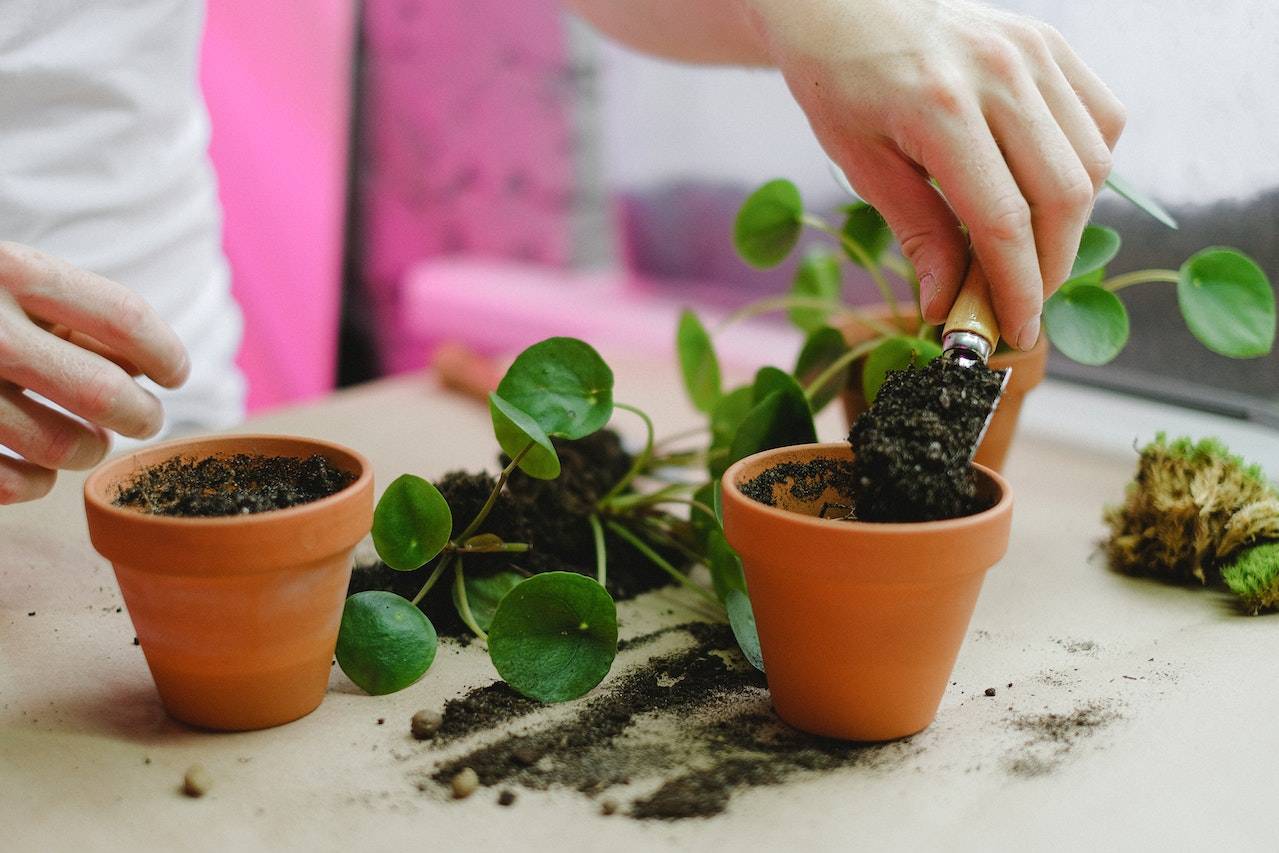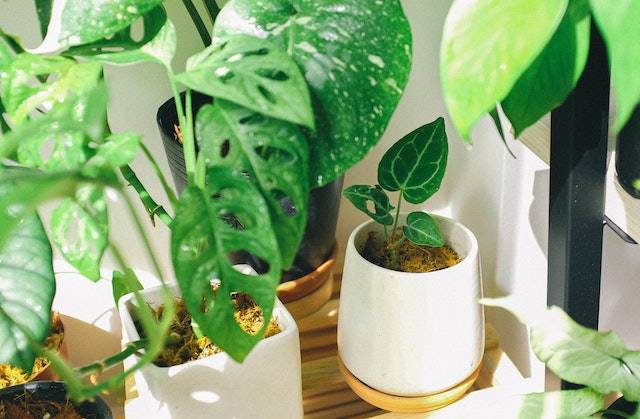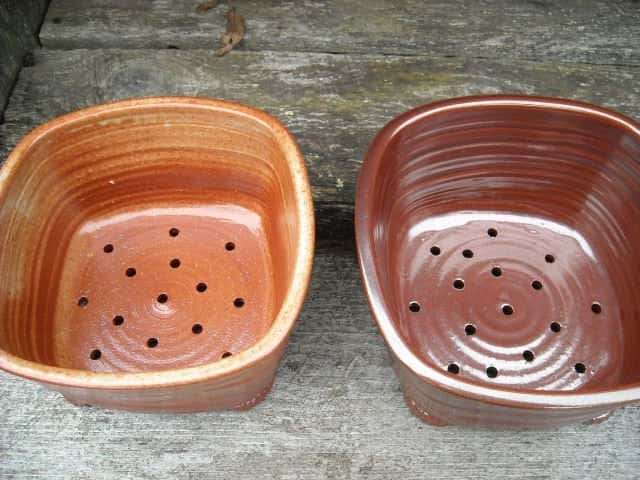Re-Potting Plants
Share

Re-Potting Plants
Reasons to re-pot your plant. One, your plant has outgrown its previous pot and needs more room to grow. Two, there are soil problems such as root rot or your soil is stripped of nutrients leaving it useless.
Reason One: Up Potting
So your plant is too big! It’s top heavy or root bound (the roots are entirely filling the pot- you can pull it out and see the roots in a tight ball the shape of the pot, and maybe they come out the bottom). You want to pick a pot that is large enough to give your plant space to grow, but not so large that there will be water sitting in the empty soil. The general recommendation is to go up a maximum of two inches larger than your current pot. You can find this size by measuring across the widest point of the pot, from one edge to the other. Many pots will have the size listed on the sticker if they have one.
Reason Two: Soil Problems
In this case, your soil is old or your plant has developed a disease like root rot. You should put your plant into the same size pot, or a smaller pot if the roots are severely damaged. If this is the case, remove damaged and heavily diseased parts of your plant before repotting it.
Subscribe
To join our mailing list and never miss Elm Dirt Newsletters.
How to Choose the Right Pot
Depth
Plants that prefer good drainage often have shallow roots. These plants do best in a shallow pot, with only about 2-3 inches beyond the bottom of their roots. For most plants, you want the soil to be tightly packed around the roots with a few inches to grow, but not much more than that so the soil doesn’t retain water that the plant can’t reach.
Drainage and Breathability
If your plant likes to stay damp or dries out too quickly, use a pot that is sealed/glazed or plastic. Terracotta is very porous, so it releases a lot of moisture. If your plant prefers to stay dry or you have a habit of accidentally over watering, unsealed/bare pottery will help you lose some of the excess moisture.
All pots must have drainage! If there is no drainage, your pot will hold water and excess minerals that will make your plant sick. Make sure before you plant that there is at least one hole for drainage that isn’t so small that it could be easily blocked by a piece of bark or other material in your soil.
What if my pretty pot has no drainage? The eternal problem, but with a simple solution! You can put a plastic plant pot inside of the pretty one, as long as it has space to drain into the outer pot. Then, an hour or so after you water your plant, take it out of the larger pot and drain the larger pot. That way it doesn’t hold water that might grow fungus underneath your plant.


New!
